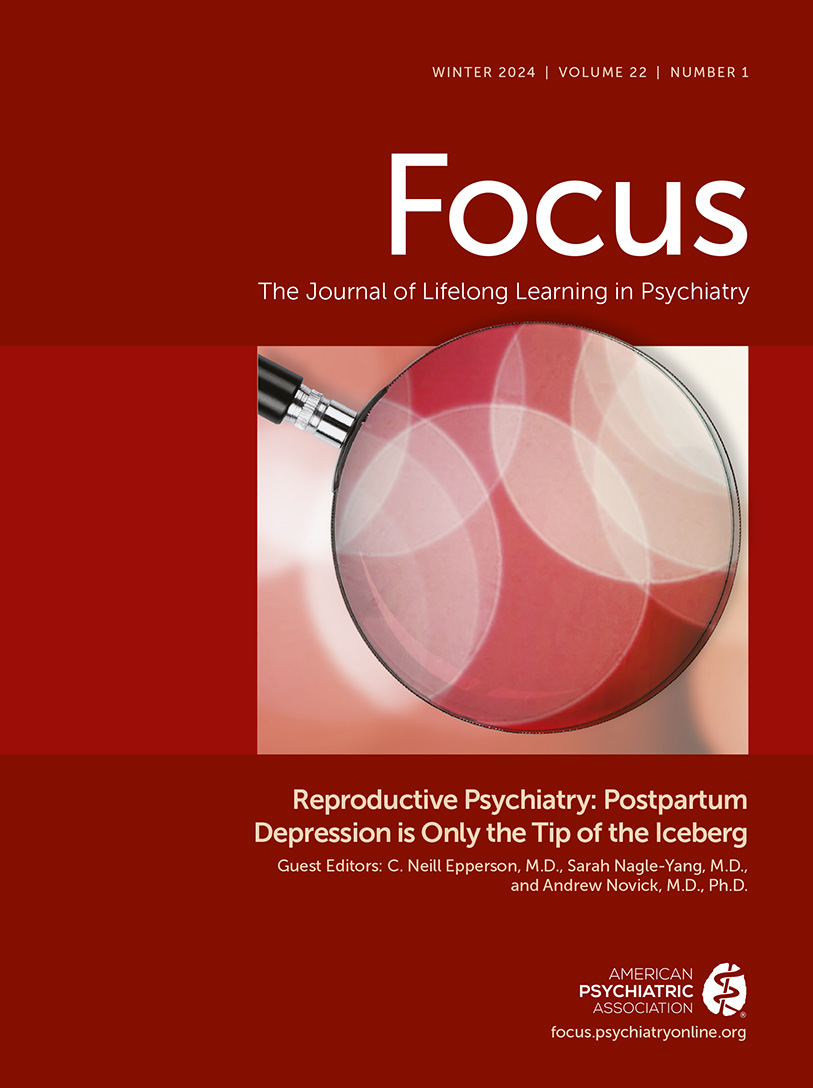Management of Premenstrual Dysphoric Disorder: A Scoping Review
Abstract
Premenstrual dysphoric disorder (PMDD) and premenstrual syndrome (PMS) refer to physical, cognitive, or affective symptoms that arise in the late luteal phase and remit with menses. The present work is a clinically focused scoping review of the last twenty years of research on treatment for these disorders. A search of key terms using the PubMed/Medline, the Cochrane Library, Embase, and Web of Science databases was performed, and 194 studies of adult women met initial inclusion criteria for review. Research studies concerning medications, pharmacological and non-pharmacological complementary and alternative medicine treatments, and surgical interventions with the most available evidence were appraised and summarized. The most high-quality evidence can be found for the use of selective serotonin reuptake inhibitors (SSRIs) and combined oral contraceptives (COCs), with gonadotropin releasing hormone (GnRH) agonists and surgical interventions showing efficacy for refractory cases. While there is some evidence of the efficacy of alternative and complementary medicine treatments such as nutraceuticals, acupuncture, and yoga, variability in quality and methods of studies must be taken into account.
Reprinted from Int J Womens Health 2022; 14:1783–1801, with permission from Dove Medical Press Ltd. Copyright © 2022
Access content
To read the fulltext, please use one of the options below to sign in or purchase access.- Personal login
- Institutional Login
- Sign in via OpenAthens
- Register for access
-
Please login/register if you wish to pair your device and check access availability.
Not a subscriber?
PsychiatryOnline subscription options offer access to the DSM-5 library, books, journals, CME, and patient resources. This all-in-one virtual library provides psychiatrists and mental health professionals with key resources for diagnosis, treatment, research, and professional development.
Need more help? PsychiatryOnline Customer Service may be reached by emailing [email protected] or by calling 800-368-5777 (in the U.S.) or 703-907-7322 (outside the U.S.).



